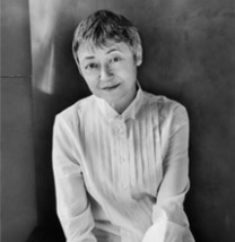

It’s not surprising that many of the theories of narrative structure that have grown out of writing for cinema and theatre put conflict at the heart of stories too.īy contrast, it occurs to me that novels are usually consumed in private and as individual reading (or listening) experiences, and as such can invite a more reflective approach in their subject matter. Such vividly portrayed antagonisms – interpersonal, internal, societal, or environmental – connect with audience powerfully and immediately. Perhaps it’s in the nature of the experience, something to do with the way audiences engage with a performance or a spectacle on screen or stage their expressive nature so often draws us with some sort of verbal or physical sparring, some visible tension or conflict, particularly in their most popular forms: battling wits between the leads in a Shakespearean comedy or a rom com a murder mystery or a courtroom drama the inner turmoil of a guts-spilling Tennessee Williams monologue or a ballad in a musical a car chase or the combat between fighter aircraft in outer space even an ecological threat, whether it’s the ancient tale of Noah’s ark or a cli-fi disaster movie. Many films and plays are all about conflict.

Certain types of story do not rely on conflict, even if it’s somewhere in the story. Perhaps it’s because they can sound a bit nagging or whiny, and I am an irritable and impatient type who runs to resentment easily.īut really it’s because conflict is not always the obvious or the primary driver of stories for me. What’s the conflict, where’s the conflict? These questions often arise in creative writing, and sometimes I find them tiresome.


 0 kommentar(er)
0 kommentar(er)
